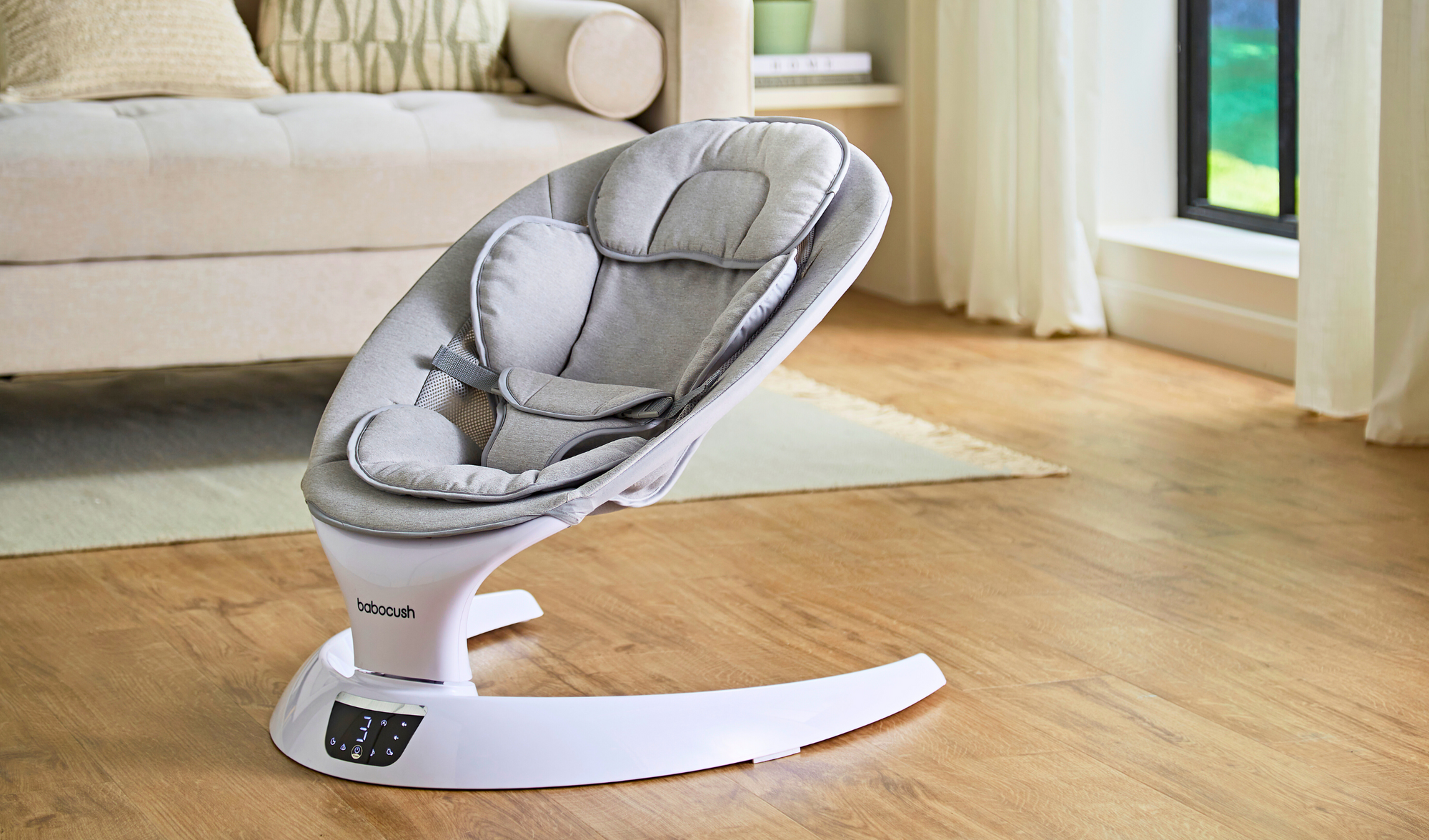From the moment they’re born, babies exhibit incredible reflexes that help them adjust to their new world. Among these is the Moro reflex, also known as the startle reflex, which can be quite noticeable and sometimes unsettling for new parents. But rest assured—it’s a completely normal part of development and plays a crucial role in your baby’s growth.
In this blog post, we’ll explore what the Moro reflex is, why it happens, how long it lasts, and what developmental milestones you can expect as it fades.
What Is the Moro Reflex?
The Moro reflex is an involuntary reaction that occurs in newborns when they experience a sudden loss of support, a loud noise, or a sensation of falling. It typically involves the baby throwing their arms and legs outward, extending their fingers, and then quickly pulling their limbs back in. This reflex is often accompanied by crying.
While it might seem alarming, the Moro reflex is actually a sign of a healthy nervous system. Pediatricians check for it in newborns as part of routine developmental assessments.

How Long Does the Moro Reflex Last?
The Moro reflex is strongest in the first few months of life and gradually fades as your baby gains better control over their muscles. Typically, it disappears between 3 and 6 months as voluntary movements replace involuntary reflexes.
To help ease the effects of the Moro reflex, consider:
-
Swaddling to provide a sense of security and limit sudden limb movements.
-
Using gentle motions like rocking or bouncing to soothe your baby.
-
Creating a calm environment by reducing loud noises and sudden changes in position.
If the Moro reflex persists beyond 6 months, consult your pediatrician to rule out any underlying concerns.

Developmental Milestones Related to the Moro Reflex
0–2 Months:
In the first two months of life, the Moro reflex is at its strongest. It’s an automatic reaction to sudden movements, loud noises, or a sensation of falling. When triggered, a baby will throw their arms outward, extend their legs, and often cry before bringing their arms back in. At this stage, most movements are reflexive rather than intentional.
3–4 Months
Between three and four months, the Moro reflex starts to fade as the baby's nervous system matures. Babies begin to develop better head control and start to show more intentional movements, such as reaching for objects. You may still notice occasional startle responses, but they won’t be as frequent or intense.
5–6 Months
By five to six months, the Moro reflex typically disappears. Babies now rely more on voluntary movements rather than automatic reflexes. At this stage, they have better control over their arms and legs, can grasp objects more deliberately, and are learning to sit with support.
6+ Months
After six months, the Moro reflex should be completely gone. Babies have significantly better muscle control, especially in their neck and upper body. They can roll over, sit independently, and continue developing balance and coordination. If the Moro reflex persists beyond this point, it’s a good idea to discuss it with a pediatrician.

Now that you know why Moro Reflex happens, it's time to explore practical ways to calm your baby when it strikes. Creating a soothing environment is essential – dim the lights, play soft lullabies, or use a gentle rocking motion. But for an extra touch of comfort, consider the Babocush Comfort Cushion. With its ergonomic design and gentle vibrations, it provides a womb-like experience, helping your baby feel secure and relaxed. It's not just a cushion; it's a haven of tranquillity for your little one.
As a parent, witnessing your baby's Moro Reflex moments can be both adorable and worrisome. However, with the right understanding and tools, you can turn these startles into opportunities for bonding and comfort. Embrace the uniqueness of your baby's journey, and remember, each startle is a sign of a developing, healthy baby. Soothe them with love, and let the Babocush Cushion be your ally in creating a calm and peaceful environment for your little bundle of joy.
Read more:


